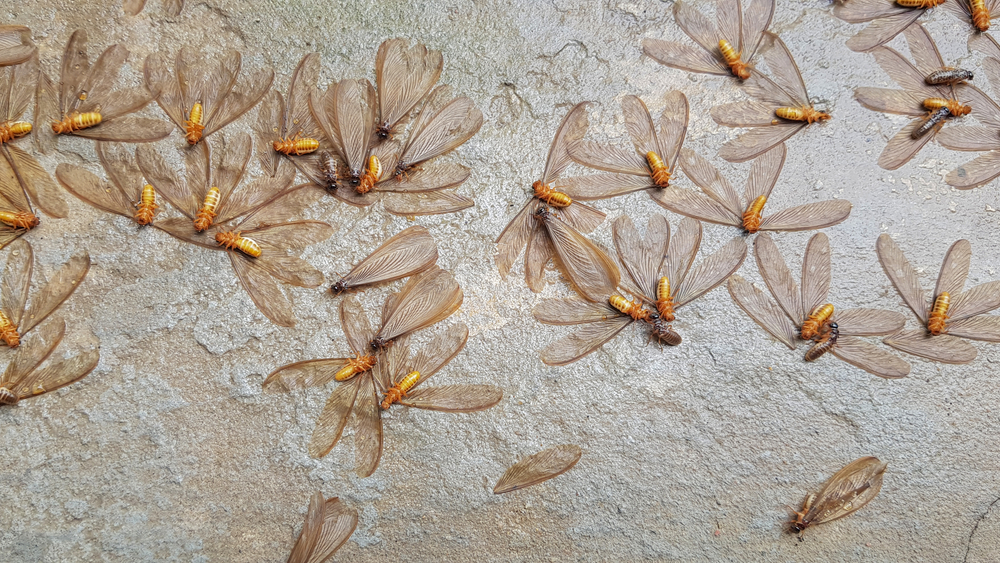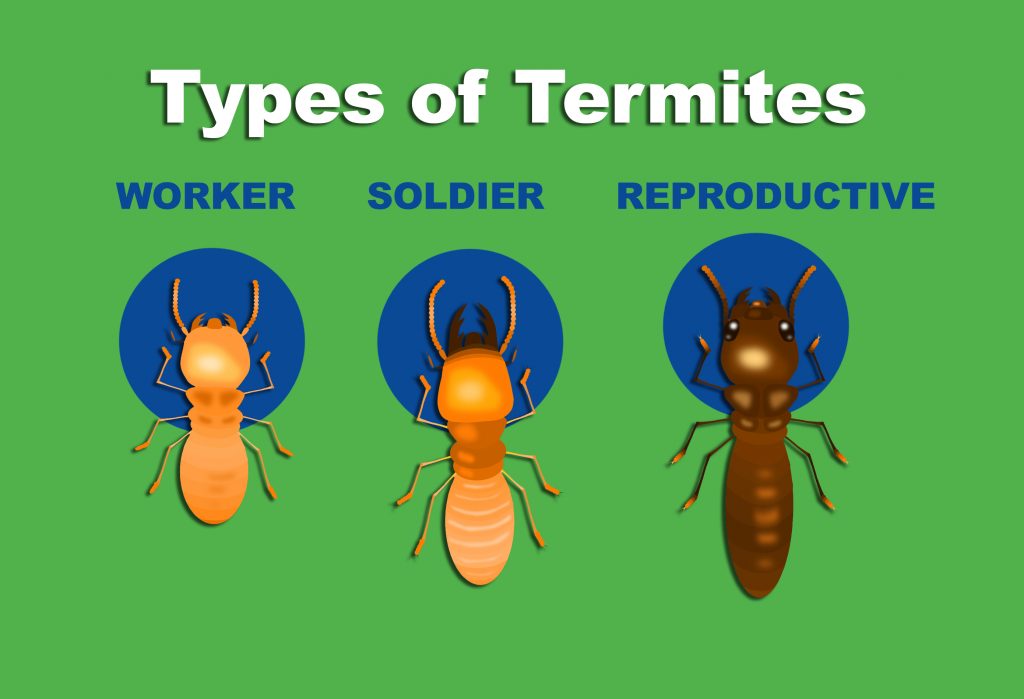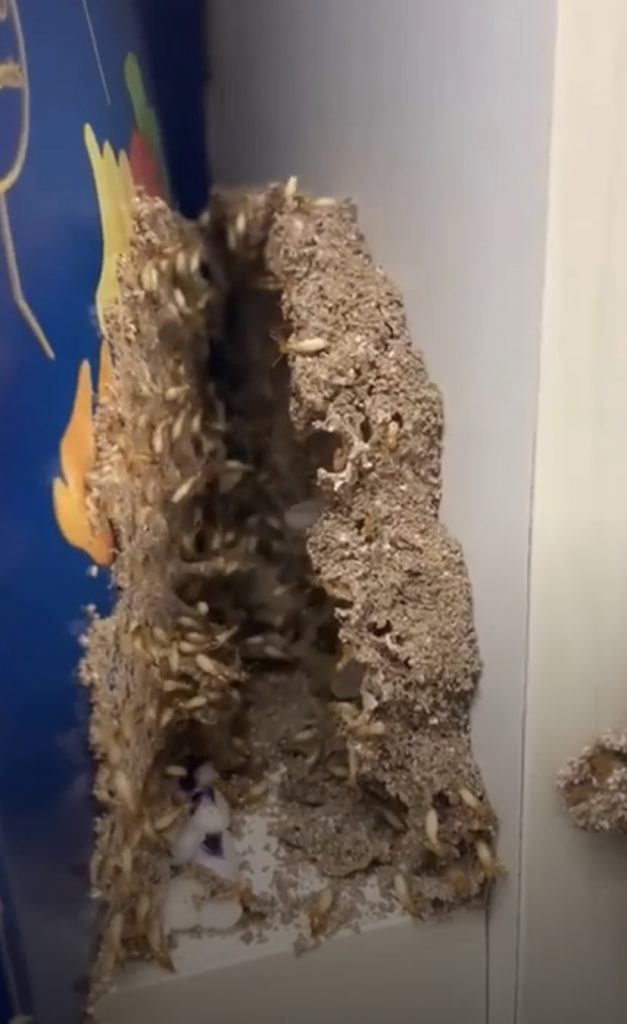
Spring is termite-swarming season in South Florida. Each year these wood-eating insects are responsible for billions of dollars of damage to structures in the U.S., and Florida is home to more termite species than any other state: 21 different types of termites establish colonies in homes and trees in the Sunshine State.
Termites are most visible during their swarming season, which begins in March and lasts through June, but the insects do their damage year-round. If you notice the remnants of termite swarmers in your house, you may be concerned about the likelihood of an infestation. The only way to confirm the presence of termites is by having a trained pest control specialist such as the pros at Nozzle Nolen conduct an inspection.
How to Spot Termite Swarmers in Your House
Termite swarmers are produced by colonies at specific times of the year as a way to establish new colonies. The adult male and female swarmers typically appear during morning, mid-day, or evening hours. For example, Asian subterranean termites, which are an invasive species in Florida and do a great deal of damage in the area, tend to swarm in the evening, beginning in early March. Formosan subterranean termites are more likely to start swarming from late April to early May, and West Indian drywood termites begin swarming in April.
People often confuse flying ants with swarming termites because the two types of insects have so many similarities that it may require a magnifying glass for a non-professional to tell them apart. For example, the front wings of a flying ant are much longer than its back wings, while a termite swarmer’s front and rear wings are the same length. The problem is both insects shed their wings after they swarm, so distinguishing them requires examining their antennae and body structure.
The most likely place a South Florida homeowner will find a termite swarm is around windows and doors because swarmers are attracted to light. So when the remnants of a swarm are found outside the house, there’s probably no need to worry. But when the swarmers have made their way inside, there’s a good chance an infestation is underway.

Indications of Termites in Your Home
The most obvious way to tell if your home has termites is by seeing them, but would you know a termite if you saw it? Inside each termite colony are three castes, each of which has its own roles and appearance:
- Workers are about one-eighth inch long, white, and wingless.
- Soldiers have large brown heads and beige bodies. They are distinguished by the two large biting mandibles on each side of their head.
- Reproductives are about one-half inch long and brown or black in color. They have wings for making their mating flights.
You may also hear termites making tapping sounds in your walls. This occurs when termites bang their heads against wood or shake, which can happen when the colony senses danger. After termites have eaten through some wood in your home, they leave burrows that can be detected by tapping on the wood and listening for a hollow sound.
As the wood structure in your home becomes compromised, it may begin to sag or move, which causes cracks in walls and ceilings. If doors or windows begin to get stuck, it may indicate their frames are warping due to termite damage.
Subterranean termites create mud tubes that run from their nests in the ground to a wooden section of your home, typically the foundation. It’s more difficult to spot the tunnels that termites create as they eat their way through wood. They appear like grooves or spaces inside the wood.

Another way to detect the presence of termites is by spotting the excrement they leave behind, which looks like small piles of sand or dust. As swarmers leave the colony, they chew exit holes in the dry wood that other termites plug with excrement that looks like wood.
Getting Started With Nozzle Nolen
If you suspect termites may have found their way inside your home, the faster you act, the less damage the insects can do. A free pest inspection by the experts at Nozzle Nolen will confirm the presence or absence of termites and if the insects are present, will lay out a plan for eliminating them. Nozzle Nolen’s 365 Complete Home Protection package covers Subterranean and Drywood termites as well as rodents, ants, roaches, wasps, and other household pests. That’s the kind of protection that lets South Florida homeowners sleep soundly at night.
Nozzle Nolen has been serving the communities of South Florida for over 70 years. If you have noticed termites swarmers in your house, you could be in the beginning stages of an infestation. Give us a call at 800.226.6536 or Contact Us for a free no-obligation quote. We look forward to serving you.




